I spent 60 hours traveling on Amtrak trains from New York to Texas. Here are 11 things that surprised me most.
Michael Rosenthal

- I spent 60 hours on two Amtrak trains to travel in coach from New York to Austin via Chicago.
- There were some pleasant surprises, like the beautiful views and historic landmarks we rode past.
The train ride was quite enjoyable - sometimes I got distracted enough by a conversation with someone that I forgot we were moving.
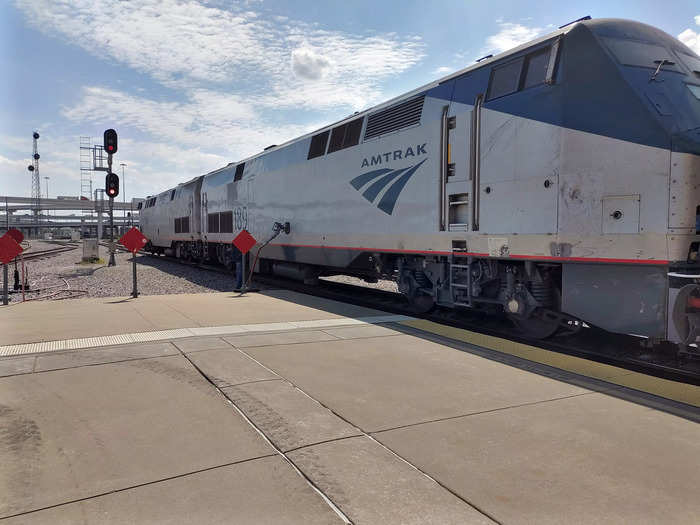
Local train rides can be slow and clunky, but on long-distance trains, you can largely sit back, relax, and enjoy the ride because the stops are much farther apart.
The ride was smooth and enjoyable, and I saw the country pass right outside my window as if I were watching TV or a movie.
In my opinion, Amtrak trains are one of the most pleasant and enjoyable modes of travel.
But there's also a lot of potential for delays.
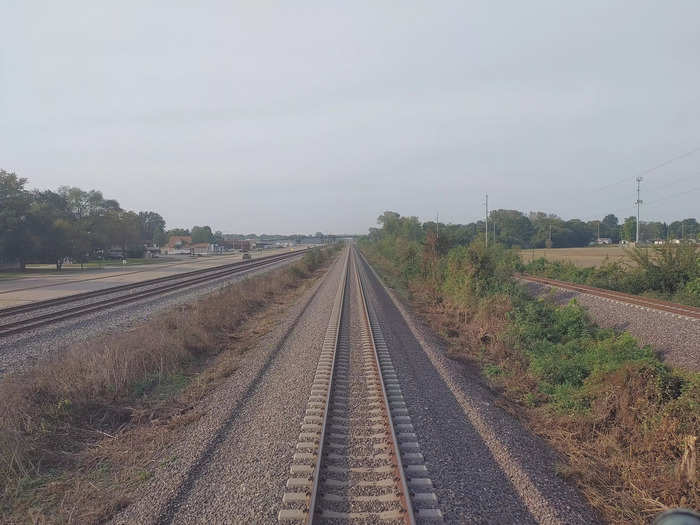
Long-distance trains are great when they run properly, but freight-train interference can often cause delays.
Amtrak mostly operates on freight railroad lines, which means you're at the mercy of those dispatchers. To make matters worse, some lines run on a single track, so if there's an oncoming train, you have to wait on a track siding until it clears.
These delays — which came every hour or so on my trip — interrupted the joy and relaxation that came with the otherwise smooth ride.
Sometimes I got limited or no information at all during delays.
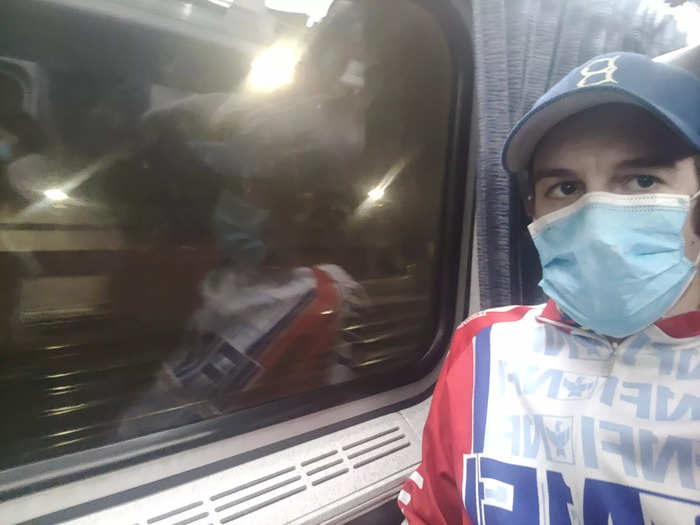
I wasn't always made aware of issues or delays. Sometimes they waited a while before making an announcement, sometimes the announcements were vague, and sometimes they made no announcements at all.
Waiting for an oncoming freight train was tedious enough, but not knowing why or how long the delay would be made matters much worse.
Freight trains can cause anywhere from 10 minutes to multiple hours of interference. I wish I'd brought a radio scanner that picked up on the frequencies used by the dispatchers so I could actually stay up-to-date on the information.
A lot of passengers depended on the cafe car for food.
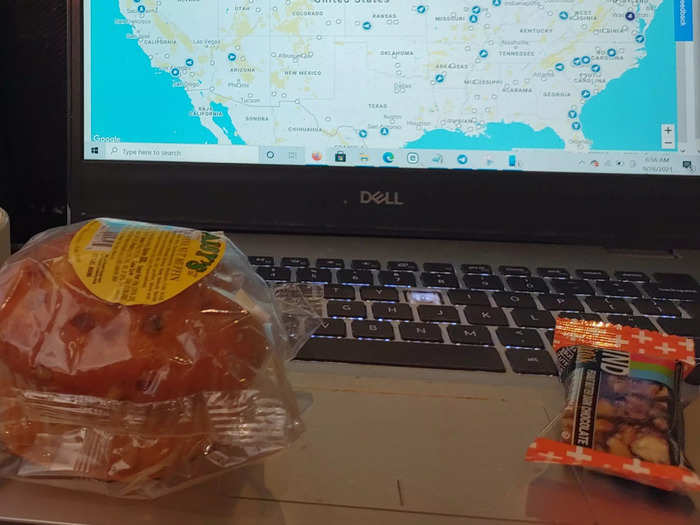
I brought enough of my own food for my two and a half days on the rails, and my short layover in Chicago gave me a chance for a hot meal. I also brought a bottle so I could fill it up with tap water on the train.
But I was surprised how many people depended on Amtrak's onboard dining options.
The cafe car is OK in a pinch, it has basic snacks, beverages, and hot foods like burgers and pizza. The prices aren't unreasonable either, but I still don't think they're worth it for food that gets taken out of a plastic wrapper and microwaved.
I also learned that those riding in coach who want to drink alcoholic beverages must purchase alcohol on the train because only sleeping-car passengers can bring their own.
I expected more people to get off the train to stretch their legs at the stops.
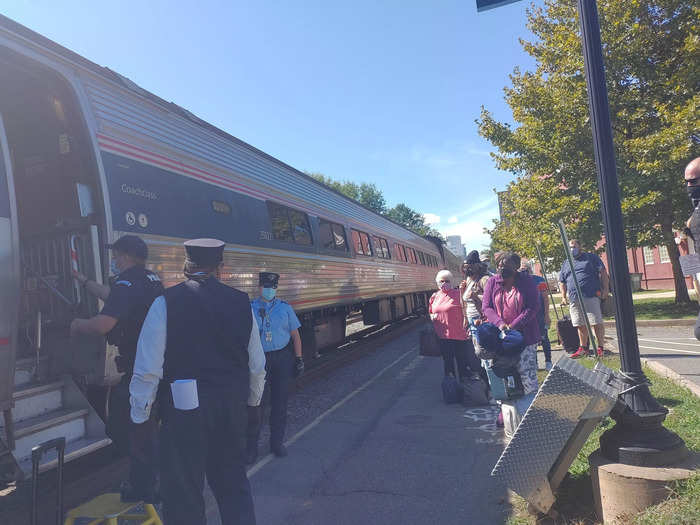
Every so often, the train made an extended stop at a station for a crew change or servicing, and passengers were allowed to step off, stretch, and get some fresh air.
There's no smoking on the trains, so I noticed a fair number of people using these stops as smoke breaks. But I expected more people to take the opportunity to get some fresh air and stretch instead of staying on the train.
There were only so many of these opportunities, and it was great to walk around, feel the fresh air and sun, stretch, and say that I stepped foot in a different place instead of just passing through it on the train.
The history is remarkable and all around you.
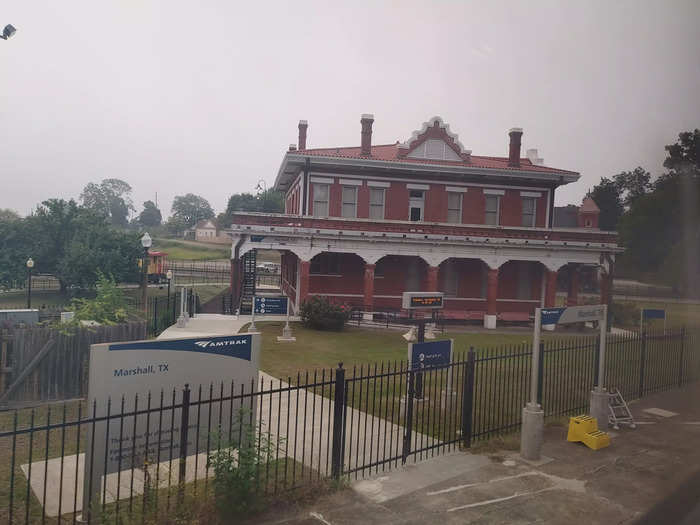
My trip took me through 15 states and passed through six state capitals and the US capital.
The trip from New York to Washington DC started out on tracks that were part of the historical Pennsylvania Railroad and continued down one of the busiest rail corridors in the country.
The bulk of my Cardinal-line trip went along old Chesapeake and Ohio Railway tracks, and there was lots of interesting history to learn about the railroad towns that sprung up along the tracks when they were first built.
My trip through Virginia took me across tracks that played a vital role in the Civil War. We also traveled through old boom-and-bust towns in West Virginia — some of which still exist today, but others only have scant remnants.
There was no Wi-Fi on the Texas Eagle line.
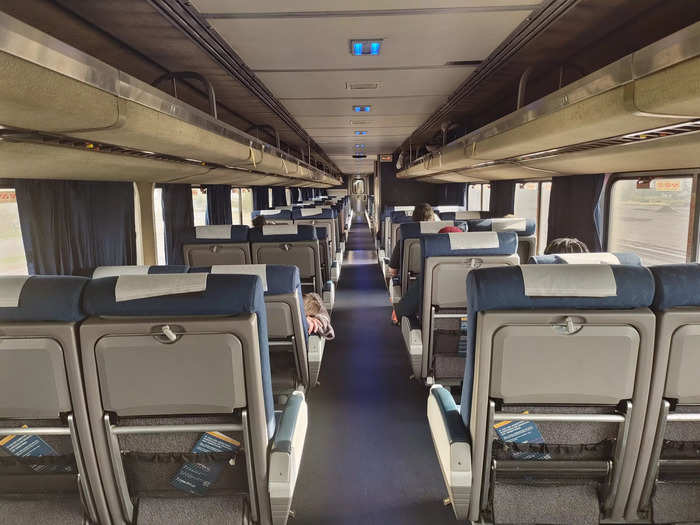
The Texas Eagle is one of the few Amtrak trains that doesn't have Wi-Fi, and some of the areas we passed through had little to no cell reception.
The Cardinal line also went through areas with poor cell reception, which caused the onboard Wi-Fi to lose connection.
For this reason, I'm glad I brought an AM/FM HD radio with me. I had a lot of fun tuning into stations as my trains traveled the country.
It helped me feel more connected to the small towns and gave them more life. I found surprisingly good content in some unexpected remote areas.
I didn't really end up using my computer or the downloaded entertainment I brought.
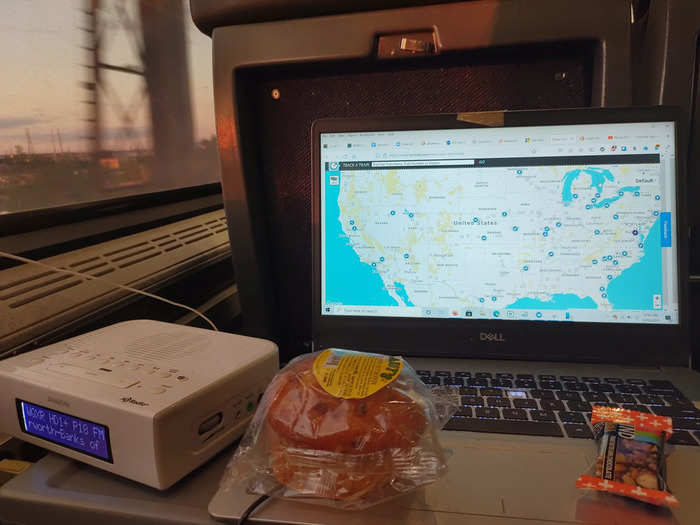
I came prepared with a bunch of TV and movie content on my laptop. But surprisingly, the 60 hours went by so quickly and smoothly that I didn't even open my computer to watch anything.
I only really kept my computer open on the Cardinal line to look at Amtrak's "Track Your Train" map.
I had too much fun with the radio and didn't want to miss out on live broadcasts. Plus, I could continue fully taking in the sights out the window while listening.
The train was a very social place at times as well, so I was often busy conversing with the people around me.
The camaraderie with other passengers is second to none.
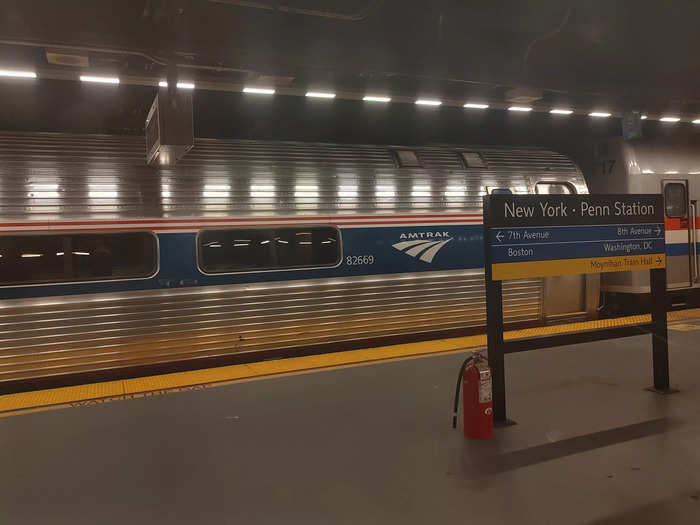
The camaraderie I've experienced on the Amtrak is pretty much unmatched.
I didn't get to talk with as many people as I have on past rides, but it was still enjoyable to journey together with a bunch of people for such an extended time.
It was fun to see people make it to their destinations and get off the train, but in a funny way, it also made me a little sad to see them (and the ways they contributed to the train's atmosphere) go.
Getting to spend time with fellow passengers from all over the country and world while different parts of the country passed by provided some true slices of American life.
There was no observation car on the Texas Eagle.
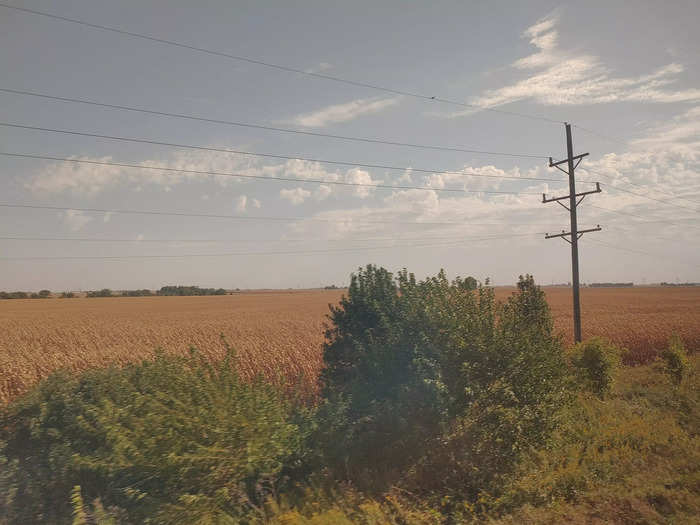
It's great to be able to switch things up by sitting and socializing in the cafe cars. But the Cardinal and Texas Eagle trains have combined cafe and dining cars, so seating was very limited and only for passengers who purchased something
I missed hanging out in observation cars as I've done on past trips.
I knew this would be the case for my time on the Cardinal, but the Texas Eagle usually has an awesome sightseer lounge with a variety of seating and viewing windows.
The fact that my train didn't have one was by far the biggest disappointment of the trip.
I fell into a routine on the train that made it feel like home.
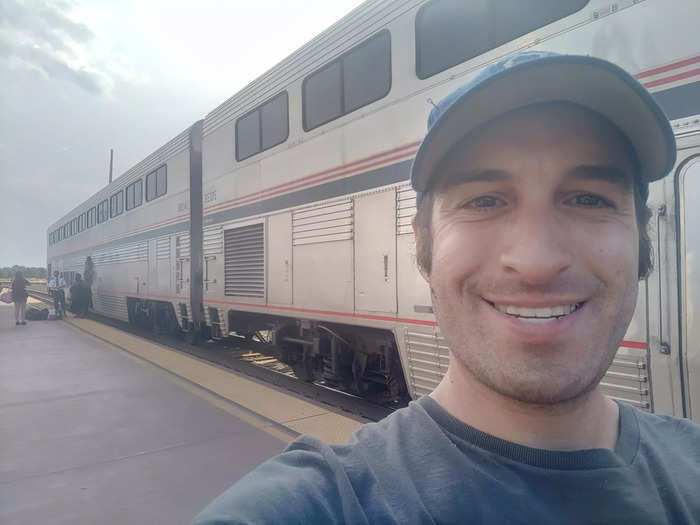
When you spend enough time somewhere, it can start to feel very familiar and comfortable, which was my case on the train.
Doing things like making room while walking in the aisle so someone else can pass, heading down the stairs to the bathroom, and refilling water bottles felt as routine as anything I'd do at home.
There was almost a weird comfort in walking around and seeing different parts of the train that became very familiar to me during my many hours aboard.
READ MORE ARTICLES ON
Popular Right Now
Popular Keywords
Advertisement